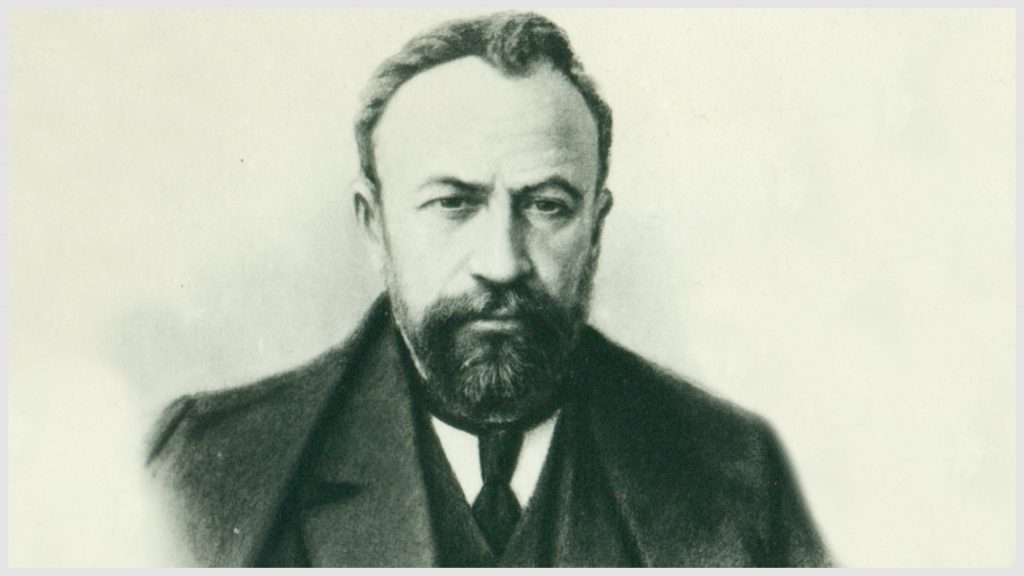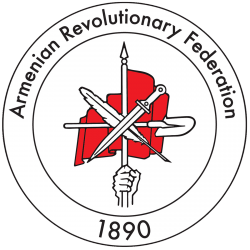Stepan Zorian - Rostom
 18 January , 1867 -
19 January , 1919
18 January , 1867 -
19 January , 1919
Born in the village of Tsghna, in Goghtn, Nakhijevan, Rostom completed his secondary education in Tiflis, Georgia.
In 1889, he enrolled in the Moscow Institute of Agronomy but was eventually expelled for being a revolutionary. He became a founding member of the Armenian Revolutionary Federation, and from 1891 onward, first in Tiflis then in Tavriz (Tabriz), Persia (Iran), Rostom became one of the most active figures of the Dashnaktsoutiun.
He was present at the First World Congress of the ARF, and with the input of Kristapor Mikayelian and Simon Zavarian he wrote the introduction (on Ideology) of the ARF’s Constitution. He then went to Geneva, where until 1895 he worked on Droshak, the ARF’s central organ.
In 1895, disguised as a samovar salesman, Rostom was in Karin/Garin (Erzurum), where established revolutionary student associations. He was later sent to Iran and the Caucasus on organizational missions. He subsequently returned to Geneva, remaining there until the Second World Congress of the ARF.
From 1898 onward he settled in Philippopolis (Plovdiv), Bulgaria, where he and his wife, Lisa Melik-Shahnazarian, established an Armenian school. While there, he became the architect of collaboration between the ARF and Macedonian revolutionaries.
Rostom returned to the Caucasus in 1902 and played a leading role in anti-Tsarist activities from 1903 to 1904, and in the Armeno- Tatar (Azeri) conflict of 1905–1906, defending Armenians throughout the Transcaucasus from Tatar atrocities.
He went to Persia to establish cooperation with Persian revolutionaries, assisting Iranian constitutional forces in their uprising against the Shah (1905–1907).
In 1907, the presence of Rostom at the Fourth World Congress was a decisive factor in the synthesis of left- and right-wing tendencies in the ARF.
After attending various congresses of the Socialist International, Rostom returned to Garin and remained there until the Eighth World Congress (1914). In 1915, he played a leading role in organizing the Armenian Volunteer Movement and the formation of the volunteer regiments attached to the Russian army. In 1918, Rostom was the central figure in the heroic defense of Baku against Ottoman Turkish forces that were attempting to occupy the oil-rich city.
He contracted either typhus or typhoid fever, and died in Tiflis in January 1919, at the age of 52, without having stepped foot in the newly independent Armenian republic.
Rostom’s thought leadership, implacable will, and relentless organizational activity left an indelible mark on the ARF and its mode of operation.
